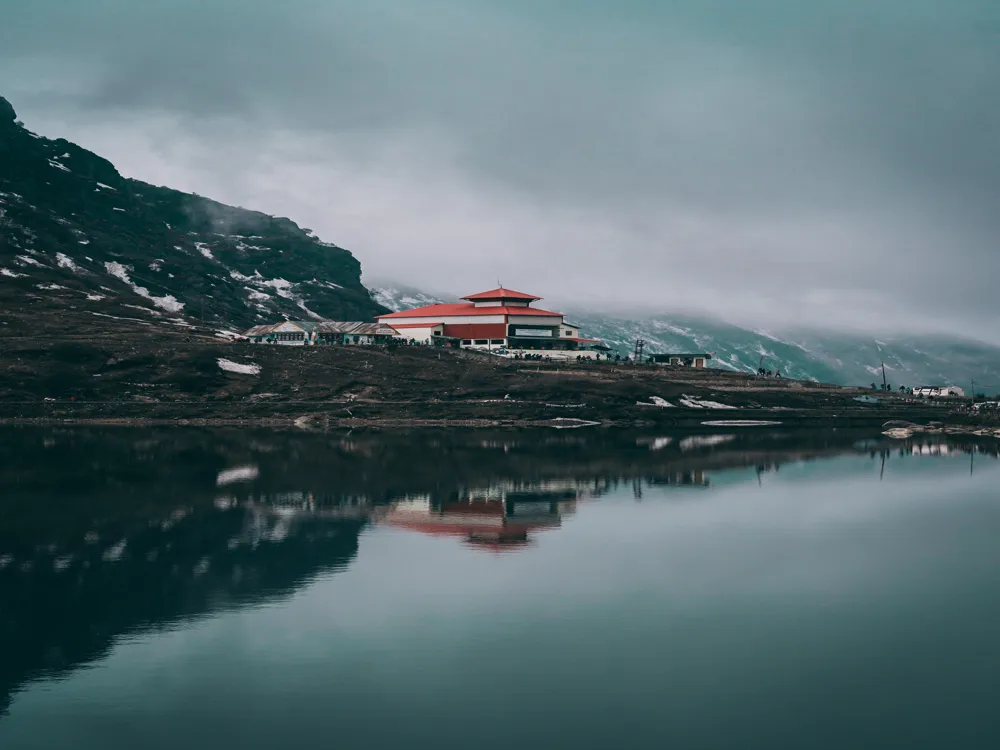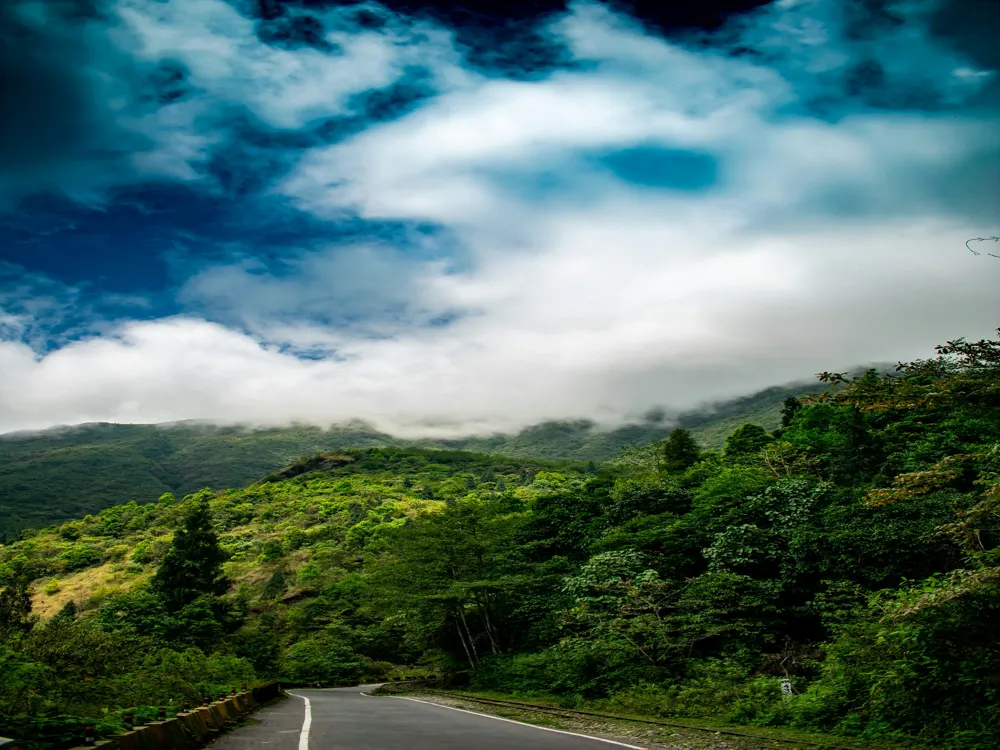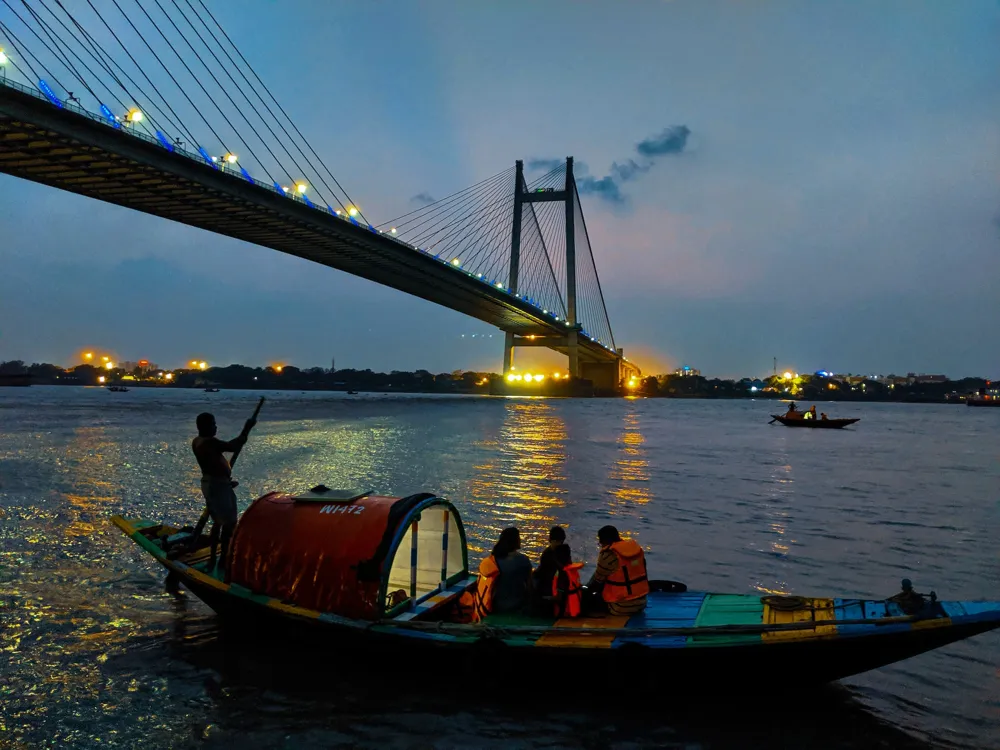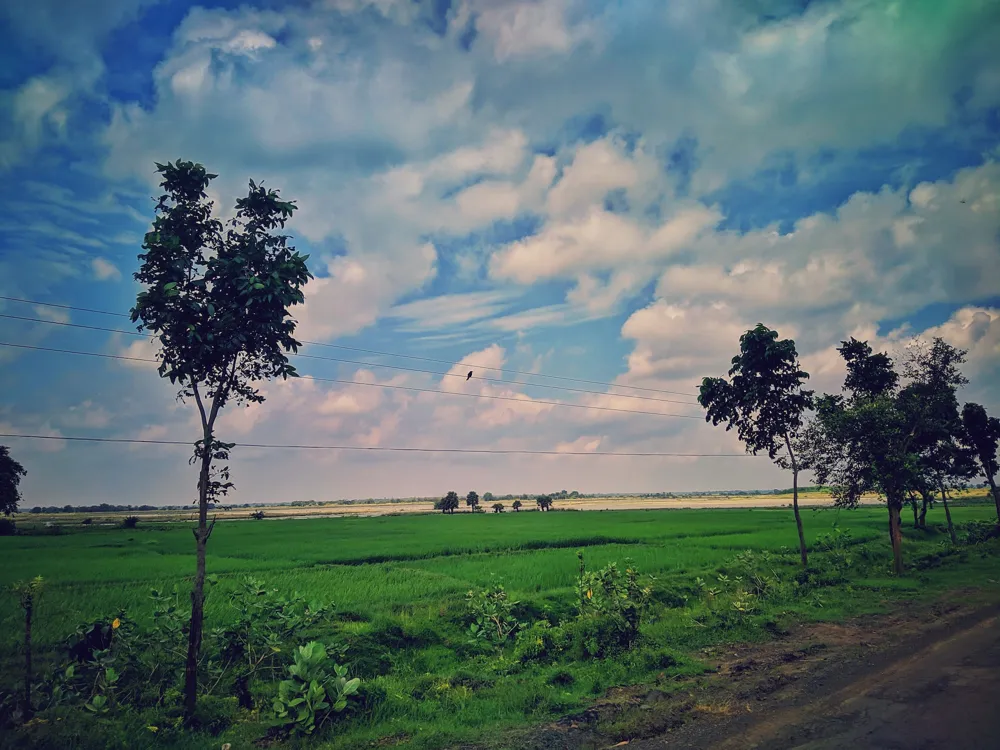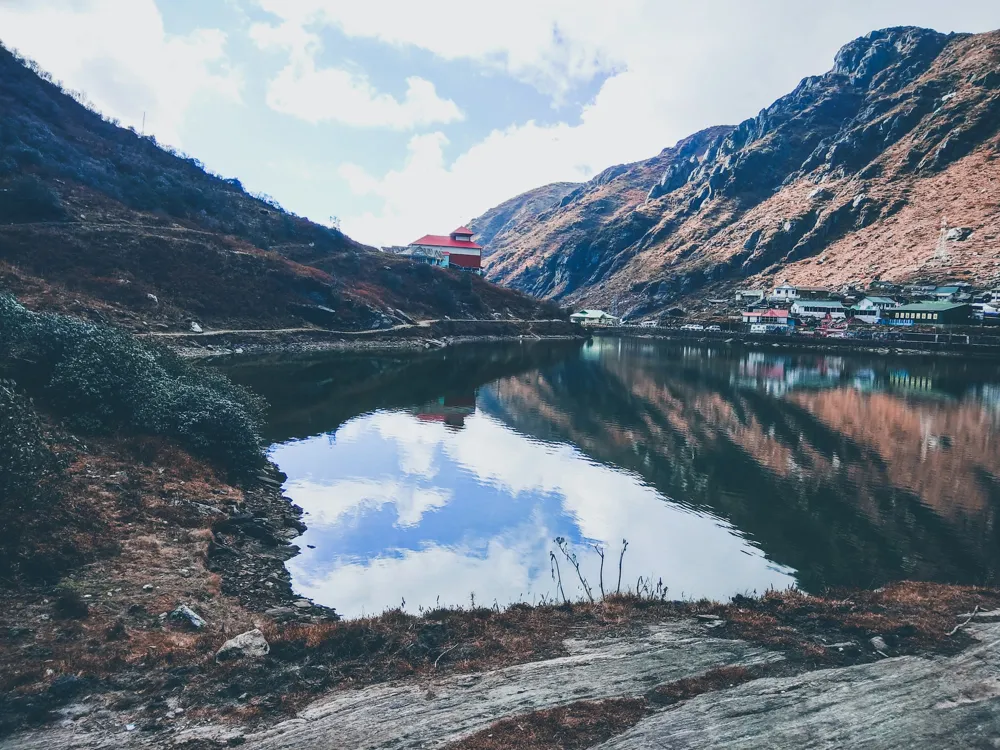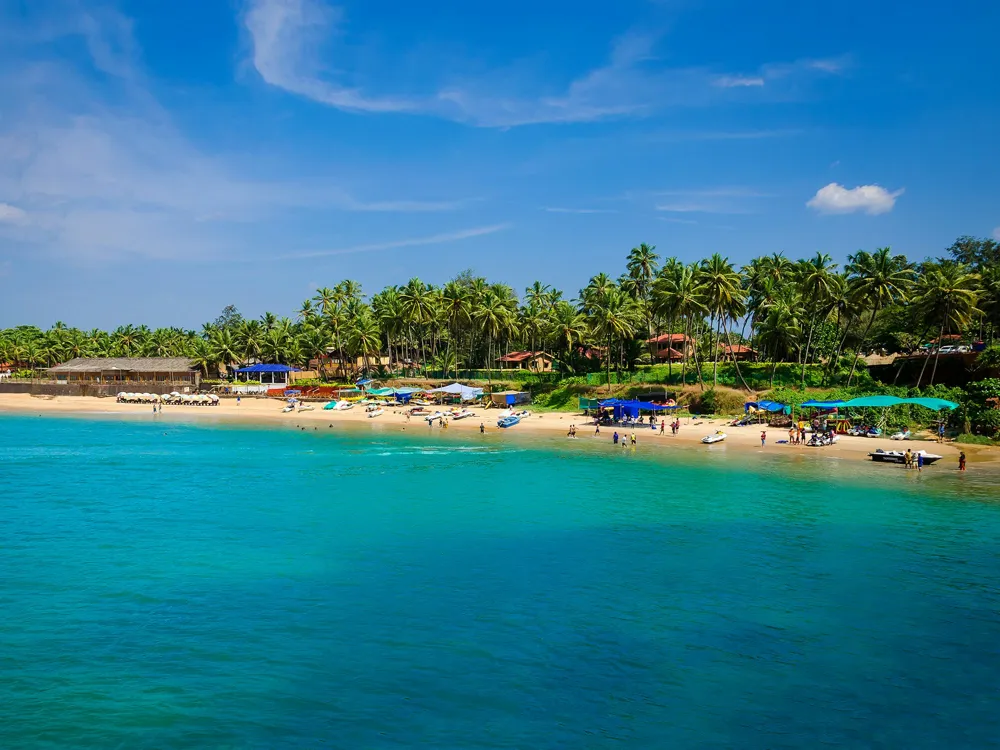Dakhil Darwaza, standing tall in the historical city of Malda in West Bengal, India, is not just an architectural marvel but a silent witness to the rich history and cultural amalgamation of the region. This majestic gateway, part of the ancient capital of Bengal, Gour, is an exquisite example of Islamic architecture in India. Its grandeur and historical significance attract a myriad of tourists and history enthusiasts from across the globe. Constructed during the reign of Sultan Nasiruddin Mahmud Shah in the 15th century, Dakhil Darwaza was primarily built as a ceremonial gateway to the fortified city of Gour. Over the years, it has withstood the test of time, serving as a prominent landmark and a symbol of the region's erstwhile glory. The name 'Dakhil' literally translates to 'entrance', and true to its name, this Darwaza has been the point of entry into the world of Bengal's medieval history. The historical significance of Dakhil Darwaza is immense. It is not just an architectural piece but a repository of stories and legends from the past. The gateway has witnessed several historical events, including the rise and fall of empires, battles, and the cultural evolution of the region. It stands as a testament to the architectural ingenuity and the rich cultural heritage of medieval Bengal. Today, Dakhil Darwaza is a protected monument under the Archaeological Survey of India and is considered one of the most significant historical sites in West Bengal. Visitors to this grand structure are transported back in time, as they walk through the same pathways where once kings and their entourages tread. The architecture of Dakhil Darwaza is a splendid example of the Indo-Islamic architectural style that flourished under the Bengal Sultanate. This massive structure, made of red bricks, stands at a height of about 21 meters, making it one of the tallest structures of its kind in the region. Its design reflects a unique blend of Persian and Arab influences, which were prevalent in Islamic architecture during that period. The Darwaza features four towering corners, each capped with a small dome. These domes are a characteristic feature of Islamic architecture, symbolizing the fusion of Persian and Indian architectural styles. The main gateway is flanked by two large, intricately designed towers that add to its majestic appearance. The detailed terracotta work on the walls of the gateway is a testament to the skill and craftsmanship of the artisans of that era. The most striking feature of Dakhil Darwaza is its immense size and the use of terracotta plaques for decoration. The plaques depict various geometric and floral patterns, which are common in Islamic art. The archways of the Darwaza are also noteworthy, with their pointed arches that are typical of Islamic architecture. These arches not only add to the aesthetic appeal but also enhance the structural stability of the gateway. In addition, the Darwaza exhibits excellent engineering skills, especially in its foundation and weight distribution. The use of baked bricks and lime mortar in its construction has ensured its longevity, allowing it to survive for centuries despite the challenges of time and nature. The interiors of Dakhil Darwaza are equally fascinating. The high ceilings and spacious halls inside the gateway give a sense of the grandeur that the structure once held. The intricate carvings and designs on the walls and ceilings further accentuate its beauty, providing insights into the artistic sensibilities of the time. The ideal time to visit Dakhil Darwaza is between October and March when the weather is pleasant, making it conducive for exploration and photography. Visitors are advised to dress modestly and respect the cultural norms of the region, as Dakhil Darwaza is not just a historical site but also a symbol of cultural significance. Opting for a guided tour can enhance your experience, as knowledgeable guides provide valuable insights into the history and architecture of Dakhil Darwaza. For photography enthusiasts, early morning or late afternoon offers the best natural lighting for capturing the majestic beauty of Dakhil Darwaza. Don't miss out on trying the local cuisine of Malda, known for its unique flavors and dishes, adding to the overall experience of your visit. Dakhil Darwaza, located in the Malda district of West Bengal, is accessible by various modes of transportation. The nearest major city is Kolkata, which is well-connected by air, rail, and road. From Kolkata, one can take a train or bus to Malda town. Upon reachingOverview of Dakhil Darwaza, Malda, West Bengal
Architecture of Dakhil Darwaza
Tips When Visiting Dakhil Darwaza
Best Time to Visit
Respect Cultural Norms
Guided Tours
Photography Tips
Local Cuisine
How To Reach Dakhil Darwaza
Dakhil Darwaza
Malda
West Bengal
NaN onwards
View malda Packages
Malda Travel Packages
View All Packages For Malda
Top Hotel Collections for Malda

Private Pool

Luxury Hotels

5-Star Hotels

Pet Friendly
Top Hotels Near Malda
Other Top Ranking Places In Malda
View All Places To Visit In malda
View malda Packages
Malda Travel Packages
View All Packages For Malda
Top Hotel Collections for Malda

Private Pool

Luxury Hotels

5-Star Hotels

Pet Friendly







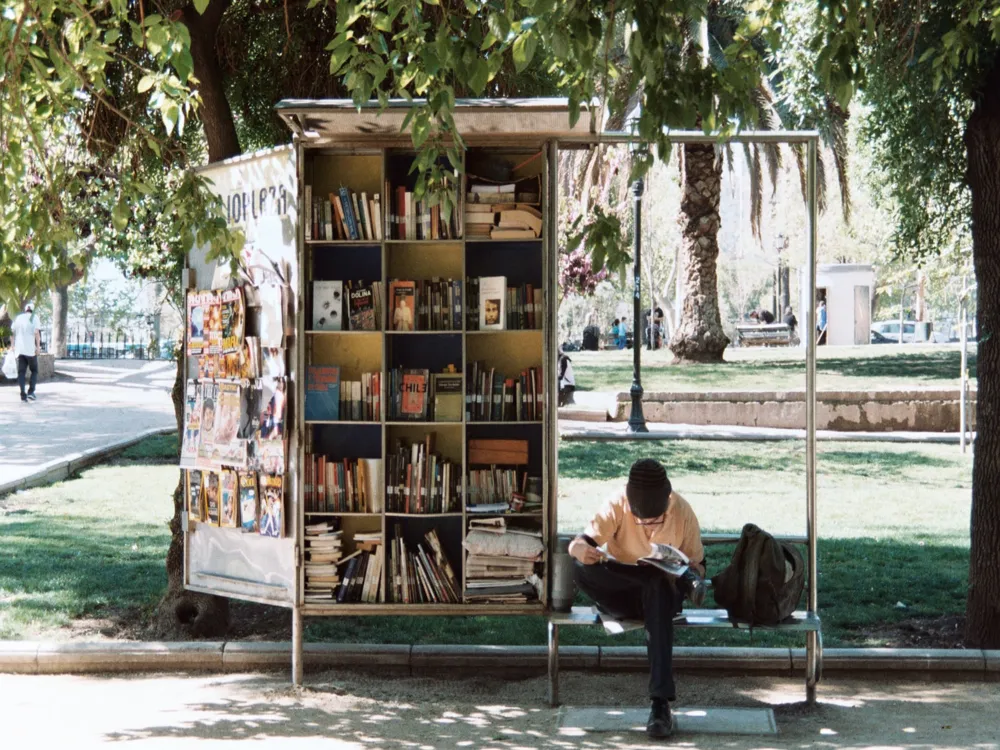
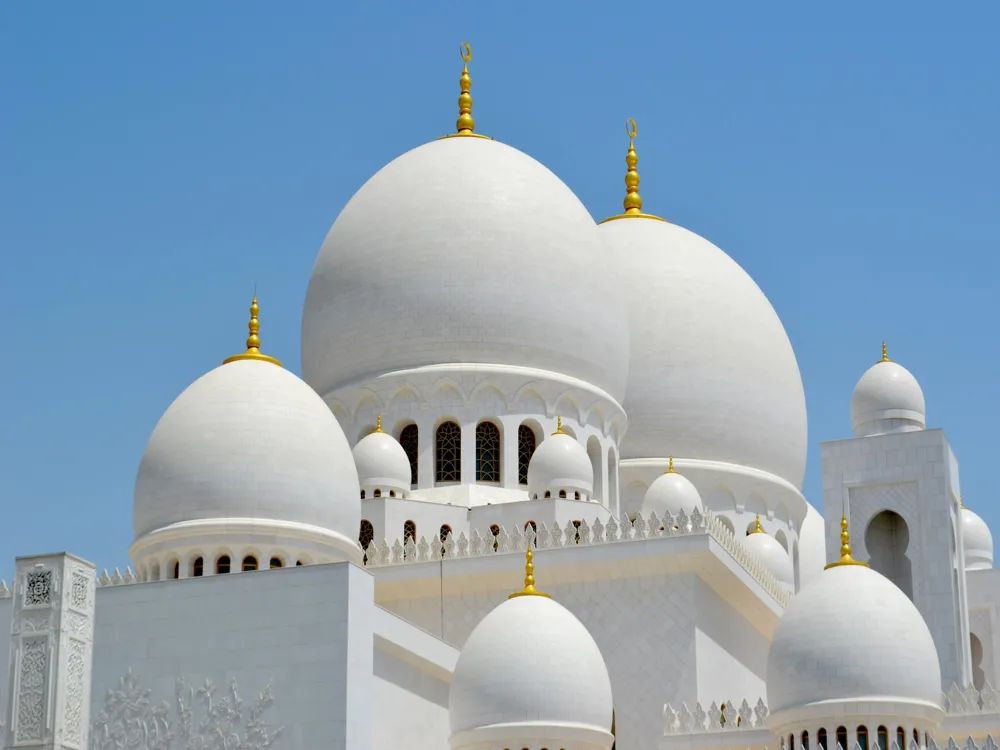
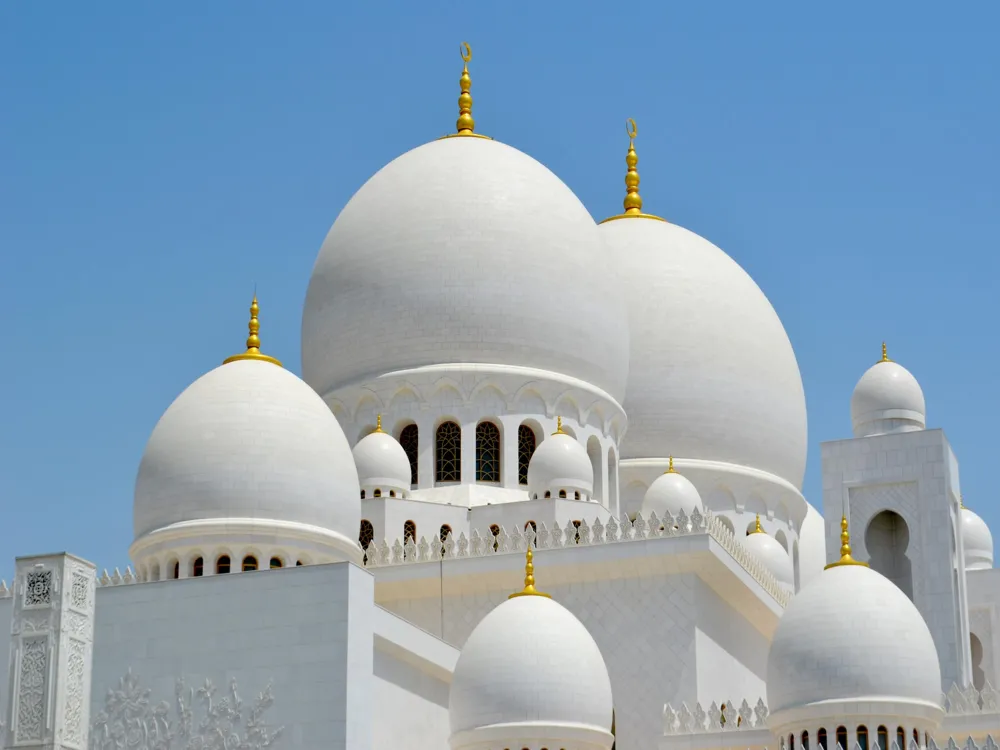
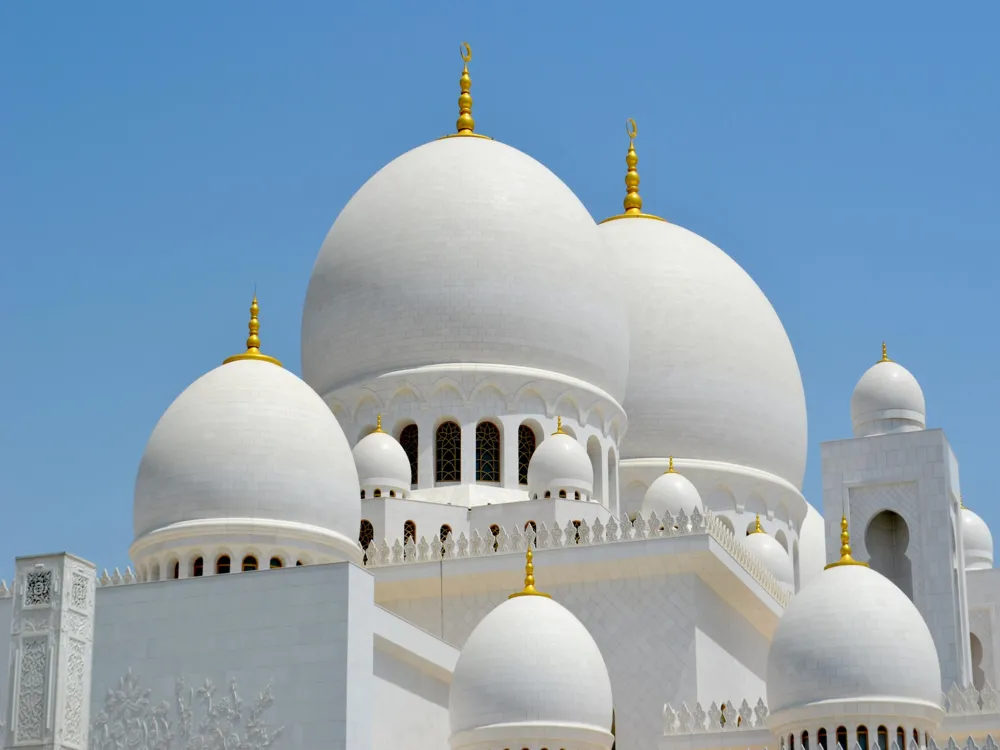

/eklakhi-mausoleum-pandua-slider-1.webp)
